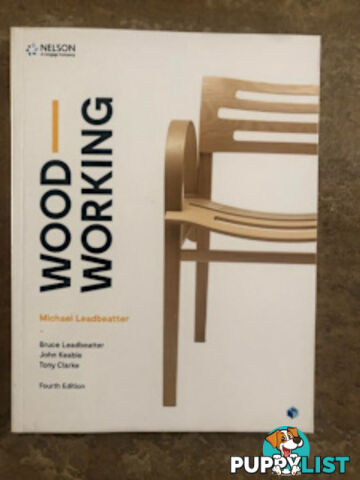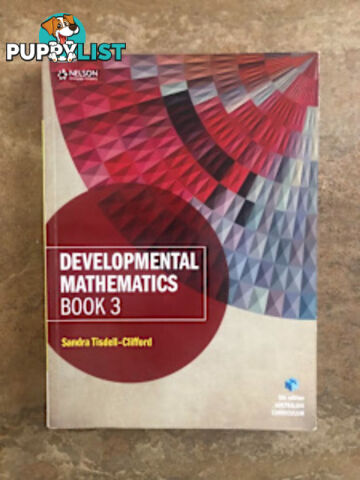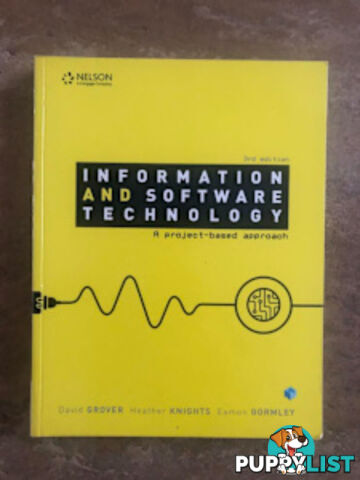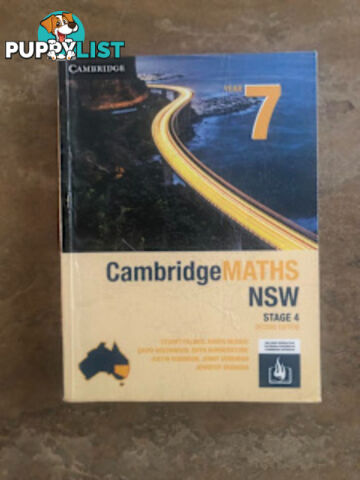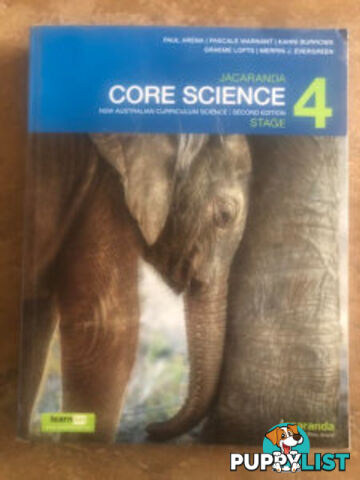This ad is on hold, please check again later.
Gurrumul ( Study Guide)
$7.50
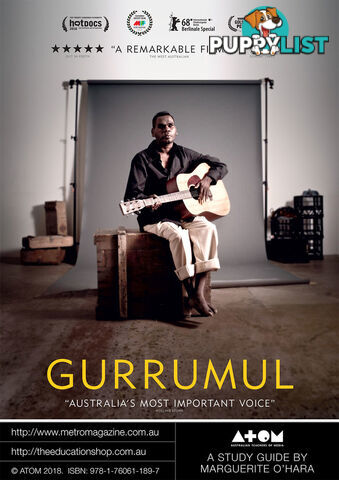
DESCRIPTION
Celebrated by audiences at home and abroad, indigenous artist Geoffrey Gurrumul Yunupingu was one of the most important and acclaimed voices to ever come out of Australia. Blind from birth, he found purpose and meaning through songs and music inspired by his community and country on Elcho Island in far north-east Arnhem Land. Living a traditional Yolngu life, his breakthrough album Gurrumul brought him to a crossroads as audiences and artists around the world began to embrace his music. Gurrumul is a portrait of an artist on the brink of global reverence, and the struggles he and those closest to him faced in balancing that which mattered most to him and keeping the show on the road. Curriculum Links Gurrumul is an important film about the life and music of a major Australian artist, Geoffrey Gurrumul Yunupingu. For students who have not heard Gurrumul singing, there are several sites online where you can listen to him before watching the documentary. You can also listen to recordings of his songs which are available on four CDs and through online sites. Gurrumul usually sang in one of the Yolngu languages spoken in his Aboriginal community of Elcho Island. English is usually spoken as a fourth or fifth language by the Yolngu population. The documentary would be an excellent film to show to upper primary and secondary students, as well as tertiary students of Indigenous culture, languages and society. This account of one man's extraordinary life and talent is a powerful narrative biography for understanding the lives of many Indigenous Australians, especially those who live in quite remote settlements, whose lives have been less dramatically disrupted by whitefella ways and priorities. The style and emphases of the film are especially important. The filmmaker’s approach is explained in this guide and their priorities should become clear to audiences as they watch the story unfold. The darkness of blindness and the light of sound and music are explicitly reflected in the film. Music students at secondary and tertiary levels would find the film enlightening and fascinating, seeing music making incorporating different instruments and musical styles in context. This is especially important and interesting in the later scenes of the film where Gurrumul and Michael Hohnen (Gurrumul's musical collaborator) are working with musician and classical composer Erkki Veltheim on several new songs and musical compositions which were performed at the Sydney Opera House and can be heard on Gurrumul's final album titled Djarimirri (Child of the Rainbow) released in April 2018. It's a collection of traditional songs and harmonised chants in his traditional Yolngu life that have been mixed with orchestral sounds. One of the key cross-curriculum priorities of the Australian National Curriculum is the inclusion of Aboriginal and Torres Strait Islander histories and cultures across all learning areas.- The Aboriginal and Torres Strait Islander histories and cultures priority provides the opportunity for all young Australians to gain a deeper understanding and appreciation of Aboriginal and Torres Strait Islander histories and cultures, deep knowledge traditions and holistic world views. This knowledge and understanding will enrich all learners’ ability to participate positively in the ongoing development of Australia through a deepening knowledge and connection with the world’s oldest continuous living cultures.
- The Aboriginal and Torres Strait Islander histories and cultures priority has been developed around the three key concepts of Country/Place, Peoples and Cultures. Each concept contains a number of organising ideas that provide a scaffold for developing related knowledge, understanding and skills. These are embedded in each learning area according to the relevance of its content to the organising ideas. An organising idea may draw on content from more than one learning area. Taken as a set, the organising ideas provide a coherent framework for the priority.
- The first key concept highlights the special connection to Country/Place by Aboriginal and Torres Strait Islander Peoples and celebrates the unique belief systems that connect people physically and spiritually to Country/Place.
- The second key concept examines the diversity of Aboriginal and Torres Strait Islander Peoples’ culture through language, ways of life and experiences as expressed through historical, social and political lenses. It provides opportunities for students to gain a deeper understanding of Aboriginal and Torres Strait Islander Peoples’ ways of being, knowing, thinking and doing.
- The third key concept addresses the diversity of Aboriginal and Torres Strait Islander societies. It examines kinship structures and the significant contributions of Aboriginal and Torres Strait Islander people on a local, national and global scale.
- draw on music from a range of cultures, times and locations as they experience music
- explore the music and influences of Aboriginal and Torres Strait Islander Peoples and those of the Asia region
- learn how Aboriginal and Torres Strait Islander people have converted oral records to other technologies
ADDITIONAL INFORMATION
- Price
- $7.50
- Condition
- New
- Delivers To
- Australia Wide


